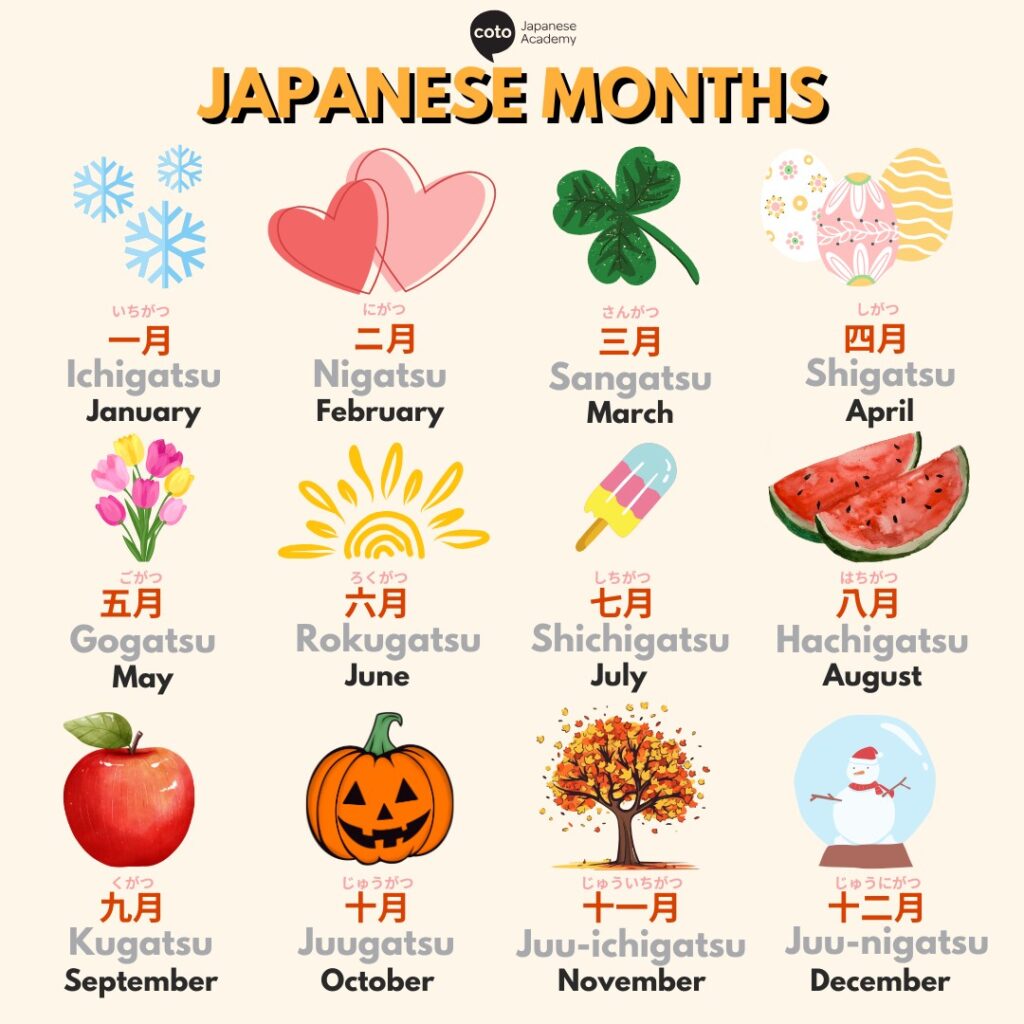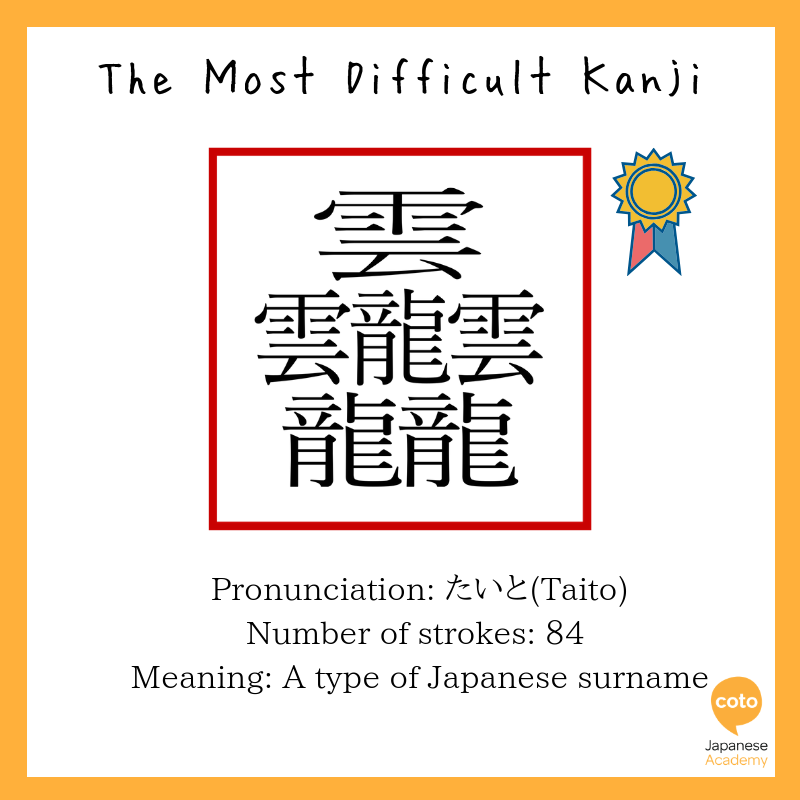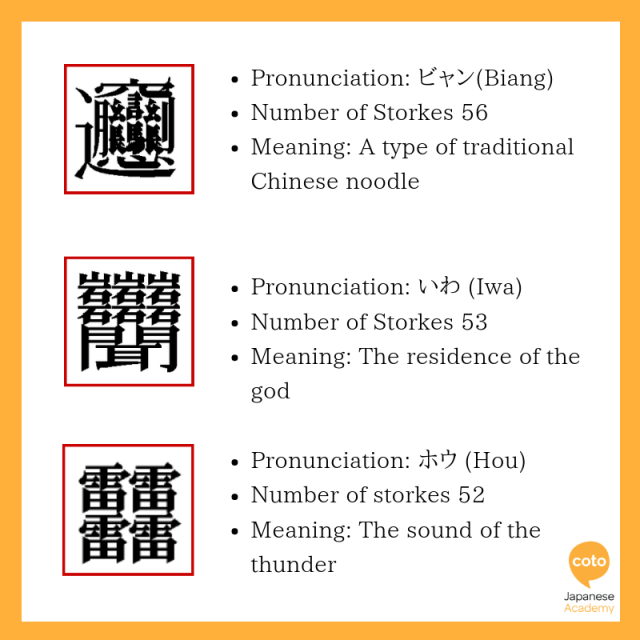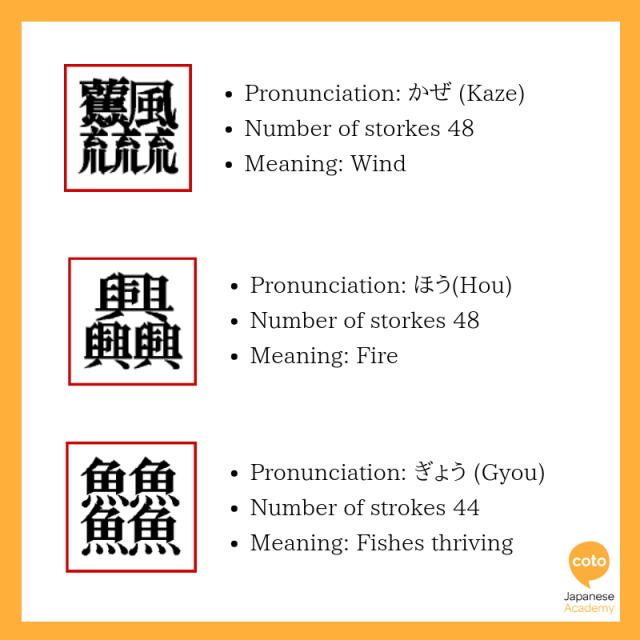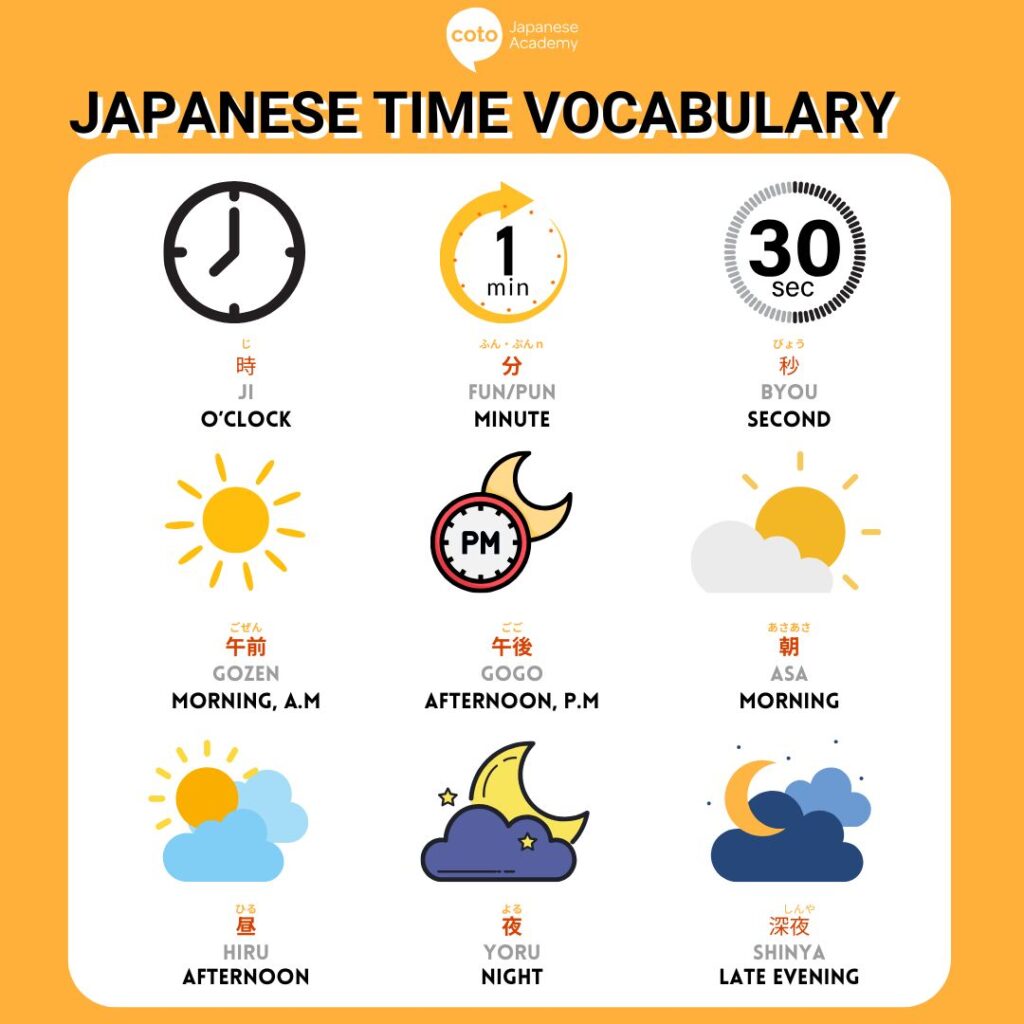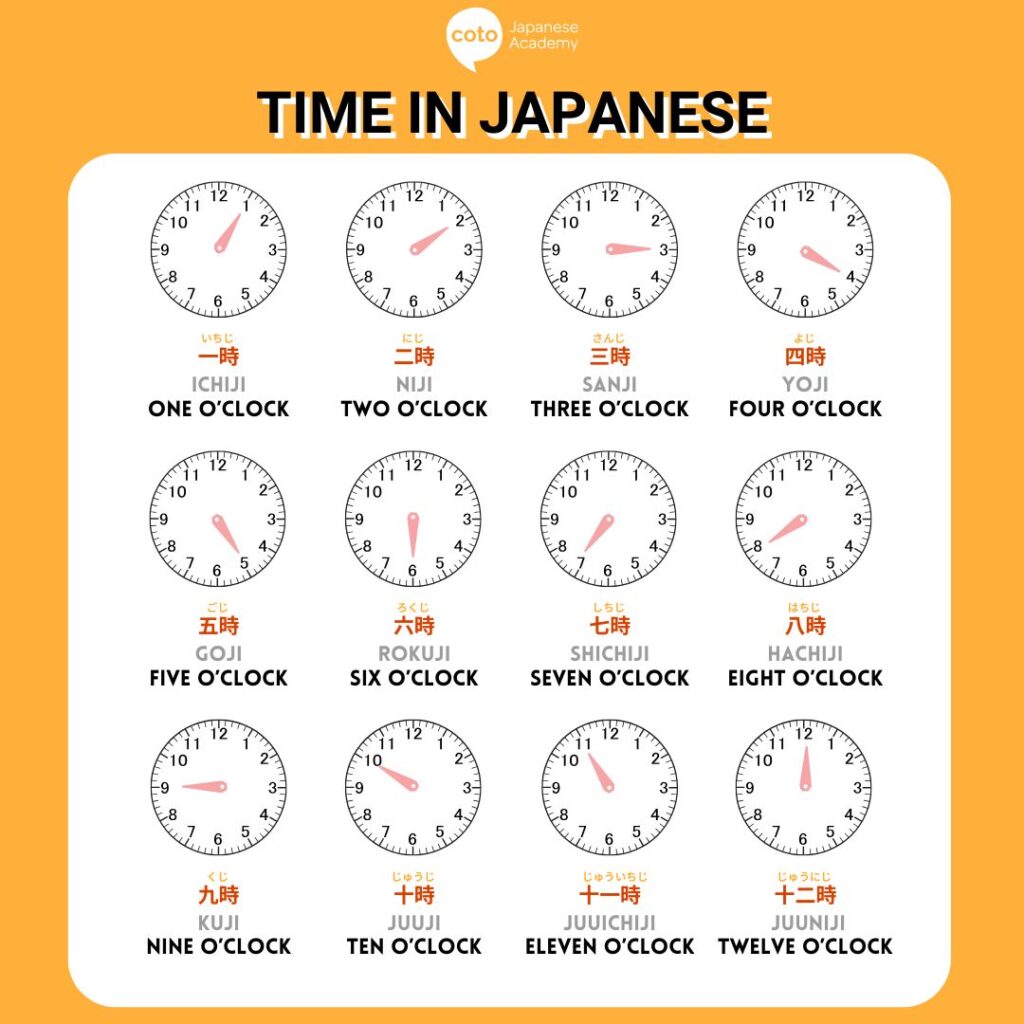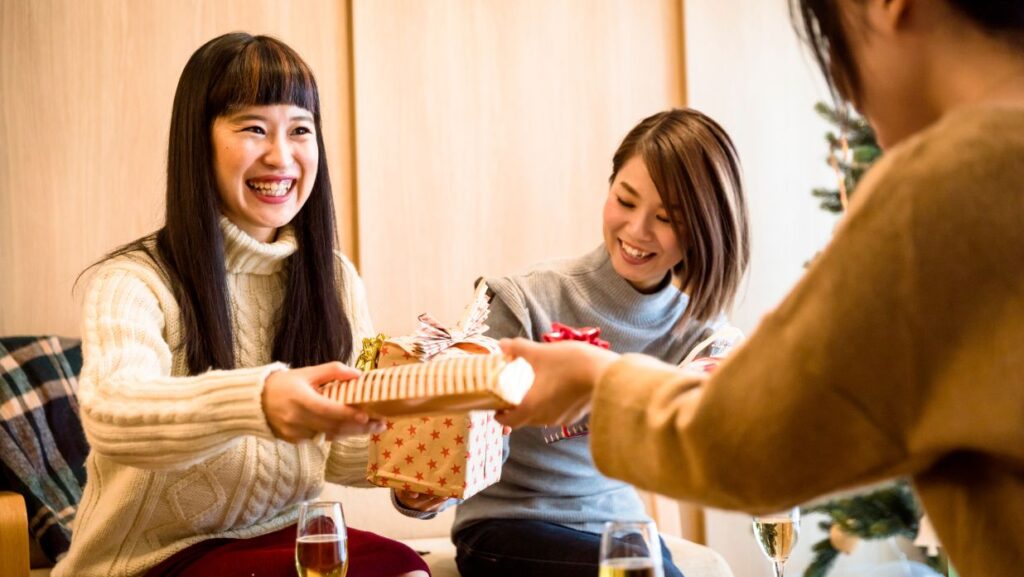Whether you’re traveling to Japan or leaving the country, at some point, you might need to write or say your home country or destination in Japanese. While many names are easy and often the romanized version of their English counterparts — for example, “America” becomes アメリカ (Amerika) — some countries, especially in Asia, have names that require a bit of memorization.
That’s why we’ve created a comprehensive list of country names in Japanese, covering as many nations as possible. It’s a handy reference for travelers, language learners, and anyone looking to expand their Japanese vocabulary.
How to answer and ask country-related questions in Japanese
If you’re a foreigner living in Japan, one of the first questions you’re likely to get asked is about your nationality or where you come from. Being able to answer and even ask these questions yourself is a useful skill when filling out forms, meeting new people, or traveling around Japan.
Before we dive into all of the countries in Japanese, we’ll give you simple, practical phrases for asking and answering questions about countries in Japanese.
1. Asking where you are from
Unlike English, where asking a question usually stays the same regardless of who you’re speaking to, Japanese questions often change depending on the level of politeness or the situation. To help you navigate these differences, we’ve compiled the most common ways to ask about someone’s country, from formal to casual.
| Japanese | Furigana | Romaji | English |
| ご出身はどちらですか? | ごしゅっしんはどちらですか? | Goshusshin wa dochira desu ka? | Where are you from? (polite) |
| あなたはどこの国の方ですか? | あなたはどこのくにのかたですか? | Anata wa doko no kuni no kata desu ka? | What country are you from? (polite) |
| どこの国から来ましたか? | どこのくにからきましたか? | Doko no kuni kara kimashita ka? | Which country did you come from? |
Keep in mind that ご出身 (goshusshin) is very polite and commonly used in formal situations. If you want to learn more about polite Japanese, also known as 敬語 (keigo), check out our guide on keigo.
2. Answering where you are from
So, what do you say when it’s your turn to answer? In Japanese, there are generally two ways to respond: say the country you come from, or state your specific residency or hometown.
| Japanese | Furigana | Romaji | English |
| アメリカから来ました。 | あめりかからきました。 | Amerika kara kimashita. | I’m from the USA. |
| 日本の出身です。 | にほんのしゅっしんです。 | Nihon no shusshin desu. | I’m from Japan. |
| カナダ人です。 | かなだじんです。 | Kanada-jin desu. | I’m Canadian. |
| フランスからです。 | ふらんすからです。 | Furansu kara desu. | I’m from France. |
Region Names in Japanese
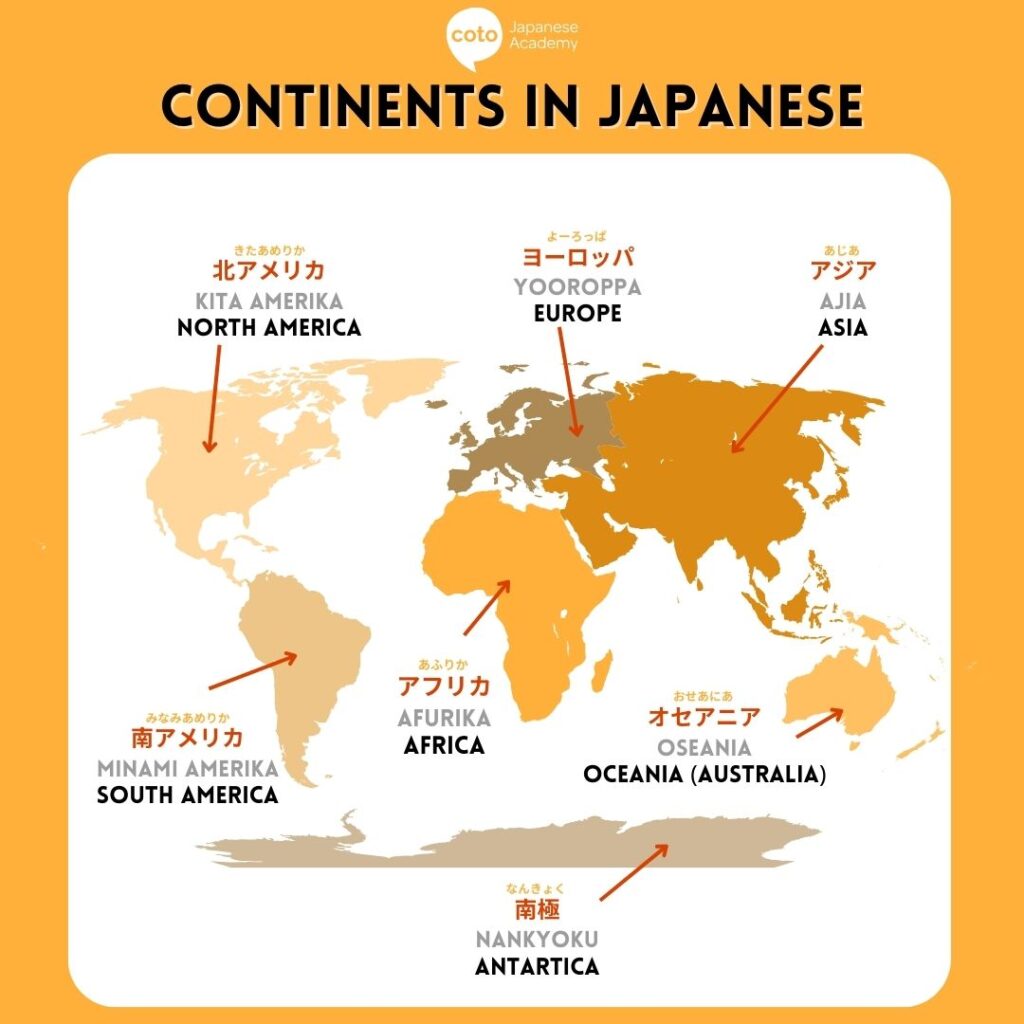
Just like in English, Japanese has specific words for continents, large geographic areas, and subregions. One similarity is the use of directions — north, south, east, and west — when referring to a specific region. For example, Southeast Asia is 東南アジア (Tounan Ajia), with 東南 (Tounan) meaning “southeast.”
Continents in Japanese
| English | Japanese (Kanji) | Reading |
| Africa | アフリカ | Afurika |
| Asia | アジア | Ajia |
| Europe | ヨーロッパ | Yooroppa |
| North America | 北アメリカ | Kita Amerika |
| South America | 南アメリカ | Minami Amerika |
| Oceania / Australia | オセアニア | Oseania |
| Antarctica | 南極 | Nankyoku |
Subregions and Common Geographic Areas
| English | Japanese (Kanji) | Reading |
| Middle East | 中東 | Chuutou |
| Central America | 中米 | Chuubei |
| Caribbean | カリブ海地域 | Karibu-kai chiiki |
| Southeast Asia | 東南アジア | Tounan Ajia |
| South Asia | 南アジア | Minami Ajia |
| Central Asia | 中央アジア | Chuuou Ajia |
| Western Europe | 西ヨーロッパ | Nishi Yooroppa |
| Eastern Europe | 東ヨーロッパ | Higashi Yooroppa |
| Northern Europe | 北ヨーロッパ | Kita Yooroppa |
| Southern Europe | 南ヨーロッパ | Minami Yooroppa |
Asian Country Names in Japanese
For easier reading, we’ve created a table that includes each country’s English name, kanji (if available), katakana, furigana, and romaji.
| English | Kanji / Katakana | Furigana | Romaji |
| Afghanistan | アフガニスタン | あふがにすたん | Afuganisutan |
| Armenia | アルメニア | あるめにあ | Arumenia |
| Azerbaijan | アゼルバイジャン | あぜるばいじゃん | Azerubaijan |
| Bahrain | バーレーン | ばーれーん | Baareen |
| Bangladesh | バングラデシュ | ばんぐらでしゅ | Banguradeshu |
| Bhutan | ブータン | ぶーたん | Buutan |
| Brunei | ブルネイ | ぶるねい | Burunei |
| Cambodia | カンボジア | かんぼじあ | Kanbojia |
| China | 中国 | ちゅうごく | Chuugoku |
| Cyprus | キプロス | きぷろす | Kipurosu |
| Georgia | ジョージア | じょーじあ | Joojia |
| India | インド | いんど | Indo |
| Indonesia | インドネシア | いんどねしあ | Indoneshia |
| Iran | イラン | いらん | Iran |
| Iraq | イラク | いらく | Iraku |
| Israel | イスラエル | いすらえる | Isuraeru |
| Japan | 日本 | にほん | Nihon |
| Jordan | ヨルダン | よるだん | Yorudan |
| Kazakhstan | カザフスタン | かざふすたん | Kazafusutan |
| Kuwait | クウェート | くうぇーと | Kuweeto |
| Kyrgyzstan | キルギス | きるぎす | Kirugisu |
| Laos | ラオス | らおす | Raosu |
| Lebanon | レバノン | ればのん | Rebanon |
| Malaysia | マレーシア | まれーしあ | Mareeshia |
| Maldives | モルディブ | もるでぃぶ | Morudibu |
| Mongolia | モンゴル | もんごる | Mongoru |
| Myanmar | ミャンマー | みゃんまー | Myanmaa |
| Nepal | ネパール | ねぱーる | Nepaaru |
| North Korea | 北朝鮮 | きたちょうせん | Kita Chousen |
| Oman | オマーン | おまーん | Omaan |
| Pakistan | パキスタン | ぱきすたん | Pakisutan |
| Palestine | パレスチナ | ぱれすちな | Paresuchina |
| Philippines | フィリピン | ふぃりぴん | Firipin |
| Qatar | カタール | かたーる | Kataaru |
| Saudi Arabia | サウジアラビア | さうじあらびあ | Sauji Arabia |
| Singapore | シンガポール | しんがぽーる | Shingapooru |
| South Korea | 韓国 | かんこく | Kankoku |
| Sri Lanka | スリランカ | すりらんか | Suriranka |
| Syria | シリア | しりあ | Shiria |
| Taiwan | 台湾 | たいわん | Taiwan |
European Countries in Japanese
| English | Kanji / Katakana | Furigana | Romaji |
| Albania | アルバニア | あるばにあ | Arubania |
| Andorra | アンドラ | あんどら | Andora |
| Austria | オーストリア | おーすとりあ | Oosutoria |
| Belarus | ベラルーシ | べらるーし | Beraruushi |
| Belgium | ベルギー | べるぎー | Berugī |
| Bosnia and Herzegovina | ボスニア・ヘルツェゴビナ | ぼすにあ・へるつぇごびな | Bosunia Herutshegobina |
| Bulgaria | ブルガリア | ぶるがりあ | Burugaria |
| Croatia | クロアチア | くろあちあ | Kuroachia |
| Cyprus | キプロス | きぷろす | Kipurosu |
| Czech Republic | チェコ | ちぇこ | Cheko |
| Denmark | デンマーク | でんまーく | Denmaaku |
| Estonia | エストニア | えすとにあ | Esutonia |
| Finland | フィンランド | ふぃんらんど | Finrando |
| France | フランス | ふらんす | Furansu |
| Germany | ドイツ | どいつ | Doitsu |
| Greece | ギリシャ | ぎりしゃ | Girisha |
| Hungary | ハンガリー | はんがりー | Hangarī |
| Iceland | アイスランド | あいすらんど | Aisurando |
| Ireland | アイルランド | あいるらんど | Airurando |
| Italy | イタリア | いたりあ | Itaria |
| Kosovo | コソボ | こそぼ | Kosobo |
| Latvia | ラトビア | らとびあ | Ratobia |
| Liechtenstein | リヒテンシュタイン | りひてんしゅたいん | Rihitenshutain |
| Lithuania | リトアニア | りとあにあ | Ritoania |
| Luxembourg | ルクセンブルク | るくせんぶるく | Rukusenburuku |
| Malta | マルタ | まるた | Maruta |
| Moldova | モルドバ | もるどば | Morudoba |
| Monaco | モナコ | もなこ | Monako |
| Montenegro | モンテネグロ | もんてねぐろ | Montenegro |
| Netherlands | オランダ | おらんだ | Oranda |
| North Macedonia | 北マケドニア | きたまけどにあ | Kita Makedonia |
| Norway | ノルウェー | のるうぇー | Noruwee |
| Poland | ポーランド | ぽーらんど | Poorando |
| Portugal | ポルトガル | ぽるとがる | Porutogaru |
| Romania | ルーマニア | るーまにあ | Ruumania |
| Russia | ロシア | ろしあ | Roshia |
| San Marino | サンマリノ | さんまりの | San Marino |
| Serbia | セルビア | せるびあ | Serubia |
| Slovakia | スロバキア | すろばきあ | Surobakia |
| Slovenia | スロベニア | すろべにあ | Surobenia |
| Spain | スペイン | すぺいん | Supein |
| Sweden | スウェーデン | すうぇーでん | Suweeden |
| Switzerland | スイス | すいす | Suisu |
| Ukraine | ウクライナ | うくらいな | Ukuraina |
| United Kingdom | イギリス | いぎりす | Igirisu |
| Vatican City | バチカン市国 | ばちかんしこく | Bachikan Shikoku |
North America Country Names in Japanese
| English | Kanji / Katakana | Furigana | Romaji |
| Antigua and Barbuda | アンティグア・バーブーダ | あんてぃぐあ・ばーぶーだ | Antigua Baabuuda |
| Bahamas | バハマ | ばはま | Bahama |
| Barbados | バルバドス | ばるばどす | Barubadosu |
| Belize | ベリーズ | べりーず | Berīzu |
| Canada | カナダ | かなだ | Kanada |
| Costa Rica | コスタリカ | こすたりか | Kosutarika |
| Cuba | キューバ | きゅーば | Kyuuba |
| Dominica | ドミニカ | どみにか | Dominika |
| Dominican Republic | ドミニカ共和国 | どみにかきょうわこく | Dominika Kyouwakoku |
| El Salvador | エルサルバドル | えるさるばどる | Eru Sarubadoru |
| Grenada | グレナダ | ぐれなだ | Gurenada |
| Guatemala | グアテマラ | ぐあてまら | Guatemara |
| Haiti | ハイチ | はいち | Haichi |
| Honduras | ホンジュラス | ほんじゅらす | Honjurasu |
| Jamaica | ジャマイカ | じゃまいか | Jamaika |
| Mexico | メキシコ | めきしこ | Mekishiko |
| Nicaragua | ニカラグア | にからぐあ | Nikaragua |
| Panama | パナマ | ぱなま | Panama |
| Saint Kitts and Nevis | セントクリストファー・ネーヴィス | せんとくりすとふぁー・ねーゔぃす | Sento Kurisutofaa Neevisu |
| Saint Lucia | セントルシア | せんとるしあ | Sento Rushia |
| Saint Vincent and the Grenadines | セントビンセント・グレナディーン | せんとびんせんと・ぐれなでぃーん | Sento Binsento Gurenadīn |
Keep in mind that the United States can often be called アメリカ (amerika) casually in Japanese, and 米国 (beikoku) in more formal, often written settings.
South American Countries in Japanese
| English | Kanji / Katakana | Furigana | Romaji |
| Argentina | アルゼンチン | あるぜんちん | Aruzenchin |
| Bolivia | ボリビア | ぼりびあ | Boribia |
| Brazil | ブラジル | ぶらじる | Burajiru |
| Chile | チリ | ちり | Chiri |
| Colombia | コロンビア | ころんびあ | Koronbia |
| Ecuador | エクアドル | えくあどる | Ekuadoru |
| Guyana | ガイアナ | がいあな | Gaiana |
| Paraguay | パラグアイ | ぱらぐあい | Paraguai |
| Peru | ペルー | ぺるー | Peruu |
| Suriname | スリナム | すりなむ | Surinamu |
| Uruguay | ウルグアイ | うるぐあい | Urugai |
| Venezuela | ベネズエラ | べねずえら | Benezuera |
African countries in Japanese
| English | Kanji / Katakana | Furigana | Romaji |
| Algeria | アルジェリア | あるじぇりあ | Arujeria |
| Angola | アンゴラ | あんごら | Angora |
| Benin | ベナン | べなん | Benan |
| Botswana | ボツワナ | ぼつわな | Botsuwana |
| Burkina Faso | ブルキナファソ | ぶるきなふぁそ | Burukina Faso |
| Burundi | ブルンジ | ぶるんじ | Burunji |
| Cabo Verde | カーボベルデ | かーぼべるで | Kaabo Berude |
| Cameroon | カメルーン | かめるーん | Kameruun |
| Central African Republic | 中央アフリカ共和国 | ちゅうおうあふりかきょうわこく | Chuuou Afurika Kyouwakoku |
| Chad | チャド | ちゃど | Chado |
| Comoros | コモロ | こもろ | Komoro |
| Congo (Brazzaville) | コンゴ共和国 | こんごきょうわこく | Kongo Kyouwakoku |
| Congo (Kinshasa) | コンゴ民主共和国 | こんごみんしゅきょうわこく | Kongo Minshu Kyouwakoku |
| Djibouti | ジブチ | じぶち | Jibuchi |
| Egypt | エジプト | えじぷと | Ejiputo |
| Equatorial Guinea | 赤道ギニア | せきどうぎにあ | Sekidou Ginia |
| Eritrea | エリトリア | えりとりあ | Eritoria |
| Eswatini | エスワティニ | えすわてぃに | Eswatini |
| Ethiopia | エチオピア | えちおぴあ | Echiopia |
| Gabon | ガボン | がぼん | Gabon |
| Gambia | ガンビア | がんびあ | Ganbia |
| Ghana | ガーナ | がーな | Gaana |
| Guinea | ギニア | ぎにあ | Ginia |
| Guinea-Bissau | ギニアビサウ | ぎにあびさう | Ginia Bisau |
| Ivory Coast (Côte d’Ivoire) | コートジボワール | こーとじぼわーる | Kouto Jibowaaru |
| Kenya | ケニア | けにあ | Kenia |
| Lesotho | レソト | れそと | Resoto |
| Liberia | リベリア | りべりあ | Riberia |
| Libya | リビア | りびあ | Ribia |
| Madagascar | マダガスカル | まだがすかる | Madagasukaru |
| Malawi | マラウイ | まらうい | Maraui |
| Mali | マリ | まり | Mari |
| Mauritania | モーリタニア | もーりたにあ | Mouritania |
| Mauritius | モーリシャス | もーりしゃす | Moorishasu |
| Morocco | モロッコ | もろっこ | Morokko |
| Mozambique | モザンビーク | もざんびーく | Mozanbīku |
| Namibia | ナミビア | なみびあ | Namibia |
| Niger | ニジェール | にじぇーる | Nijeeru |
| Nigeria | ナイジェリア | ないじぇりあ | Naijeria |
| Rwanda | ルワンダ | るわんだ | Ruwanda |
| São Tomé and Príncipe | サントメ・プリンシペ | さんとめ・ぷりんしぺ | Santome Purinshipe |
| Senegal | セネガル | せねがる | SeneGaru |
| Seychelles | セーシェル | せーしぇる | Seesheru |
| Sierra Leone | シエラレオネ | しえられおね | Shiera Reone |
| Somalia | ソマリア | そまりあ | Somaria |
| South Africa | 南アフリカ | みなみあふりか | Minami Afurika |
| South Sudan | 南スーダン | みなみすーだん | Minami Suudan |
| Sudan | スーダン | すーだん | Suudan |
| Tanzania | タンザニア | たんざにあ | Tanzania |
| Togo | トーゴ | とーご | Toogo |
| Tunisia | チュニジア | ちゅにじあ | Chunjia |
| Uganda | ウガンダ | うがんだ | Uganda |
| Zambia | ザンビア | ざんびあ | Zanbia |
| Zimbabwe | ジンバブエ | じんばぶえ | Jinbabue |
Oceania countries in Japanese
| English | Kanji / Katakana | Furigana | Romaji |
| Australia | オーストラリア | おーすとらりあ | Oosutoraria |
| Fiji | フィジー | ふぃじー | Fiji |
| Kiribati | キリバス | きりばす | Kiribasu |
| Marshall Islands | マーシャル諸島 | まーしゃるしょとう | Maasharu Shotou |
| Micronesia | ミクロネシア | みくろねしあ | Mikuronesia |
| Nauru | ナウル | なおる | Nauru |
| New Zealand | ニュージーランド | にゅーじーらんど | Nyuu Jīrando |
| Palau | パラオ | ぱらお | Parao |
| Papua New Guinea | パプアニューギニア | ぱぷあにゅーぎにあ | Papua Nyuuginia |
| Samoa | サモア | さもあ | Samoa |
| Solomon Islands | ソロモン諸島 | そろもんしょとう | Soromon Shotou |
| Tonga | トンガ | とんが | Tonga |
| Tuvalu | ツバル | つばる | Tsubaru |
| Vanuatu | バヌアツ | ばぬあつ | Banuatsu |
Middle Eastern Countries in Japanese
| English | Kanji / Katakana | Furigana | Romaji |
| Bahrain | バーレーン | ばーれーん | Baareen |
| Cyprus | キプロス | きぷろす | Kipurosu |
| Egypt | エジプト | えじぷと | Ejiputo |
| Iran | イラン | いらん | Iran |
| Iraq | イラク | いらく | Iraku |
| Israel | イスラエル | いすらえる | Isuraeru |
| Jordan | ヨルダン | よるだん | Yorudan |
| Kuwait | クウェート | くうぇーと | Kuweeto |
| Lebanon | レバノン | ればのん | Rebanon |
| Oman | オマーン | おまーん | Omaan |
| Palestine | パレスチナ | ぱれすちな | Paresuchina |
| Qatar | カタール | かたーる | Kataaru |
| Saudi Arabia | サウジアラビア | さうじあらびあ | Sauji Arabia |
| Syria | シリア | しりあ | Shiria |
| Turkey | トルコ | とるこ | Toruko |
| United Arab Emirates | アラブ首長国連邦 | あらぶしゅちょうこくれんぽう | Arabu Shuchoukoku Renpou |
| Yemen | イエメン | いえめん | Iemen |
Explore the World in Japanese with Coto Academy!
Want to learn how to name countries, continents, and regions in Japanese — but also speak fluently enough to go beyond just saying where you’re from?
Join Coto Academy’s fun, interactive lessons! We offer relaxed, conversational classes for learners of all levels. All our lessons are designed to create a casual, enjoyable environment while focusing on practical daily conversation skills. We also provide a variety of courses tailored to your needs, including part-time, intensive, and JLPT preparation courses.
Ready to start learning Japanese? Fill out the contact form below for a free level check and consultation, and our friendly staff will reply as soon as possible!
FAQ
How do you say “Where are you from?” in Japanese?
You can say ご出身はどちらですか? (Goshusshin wa dochira desu ka?) for a polite way to ask someone’s country or hometown.
How do you answer “Where are you from?” in Japanese?
You can answer with [Country] から来ました (… kara kimashita) or [Country] 人です (…jin desu) to indicate your nationality.
How do you say “China” in Japanese?
China is 中国 (Chuugoku) in Japanese.
Can I use “doko kara kimashita ka?” casually?
Yes, どこから来ましたか? (Doko kara kimashita ka?) is a neutral, everyday way to ask where someone is from.
Do all country names in Japanese use katakana?
Most countries use katakana, but some, like China (中国) or Japan (日本), have kanji names.
Want to get more useful Japanese learning content? You might be interested in:

